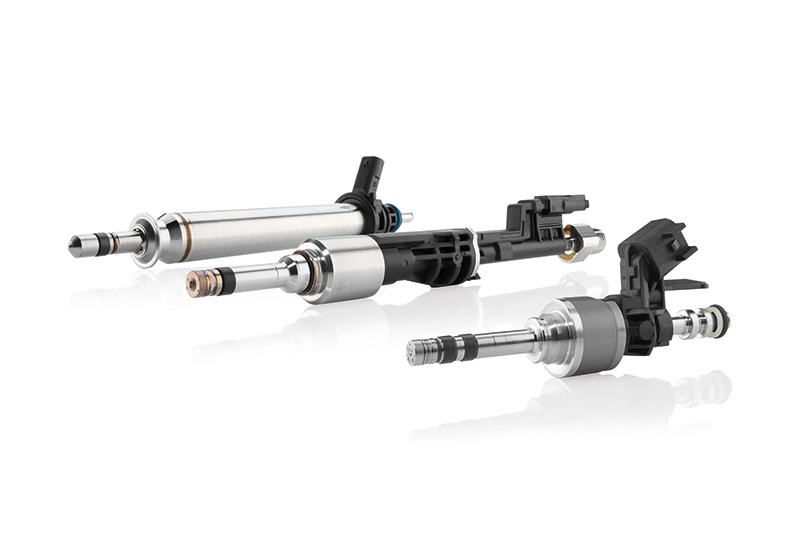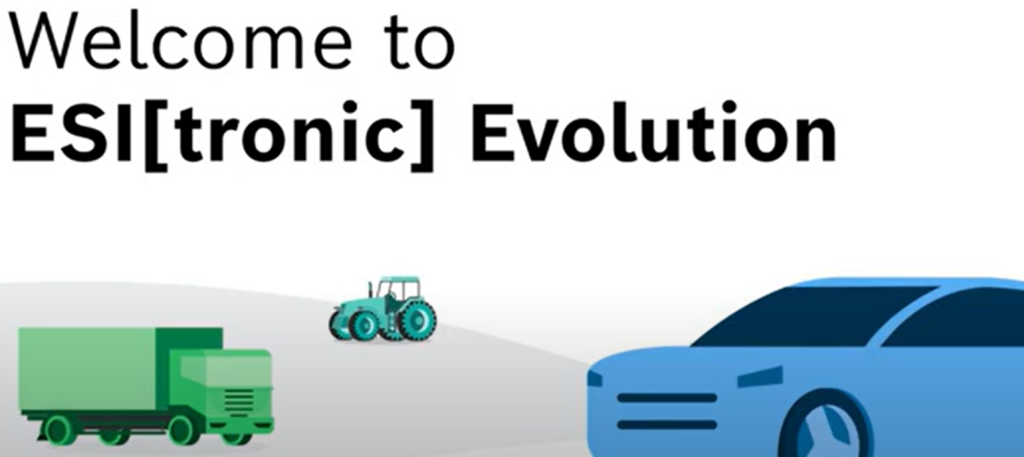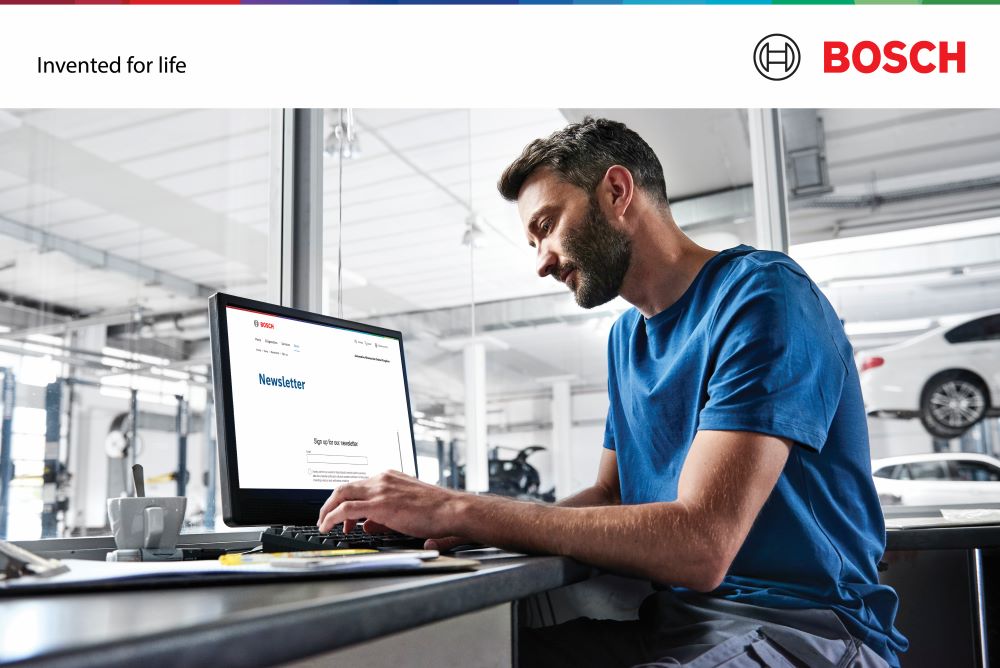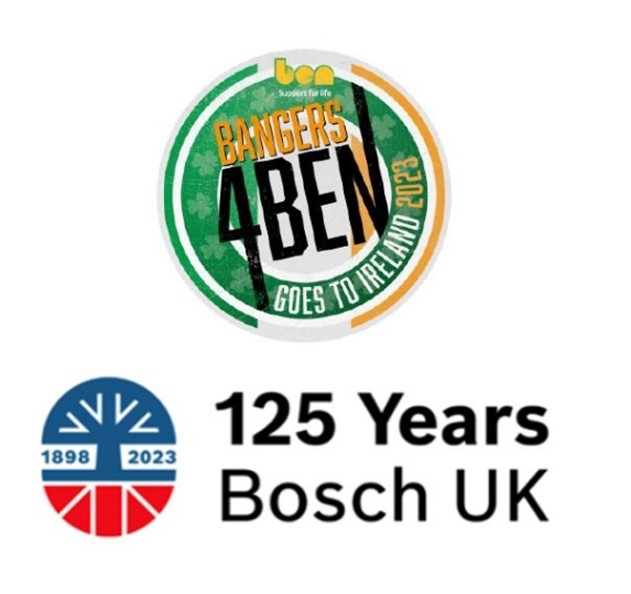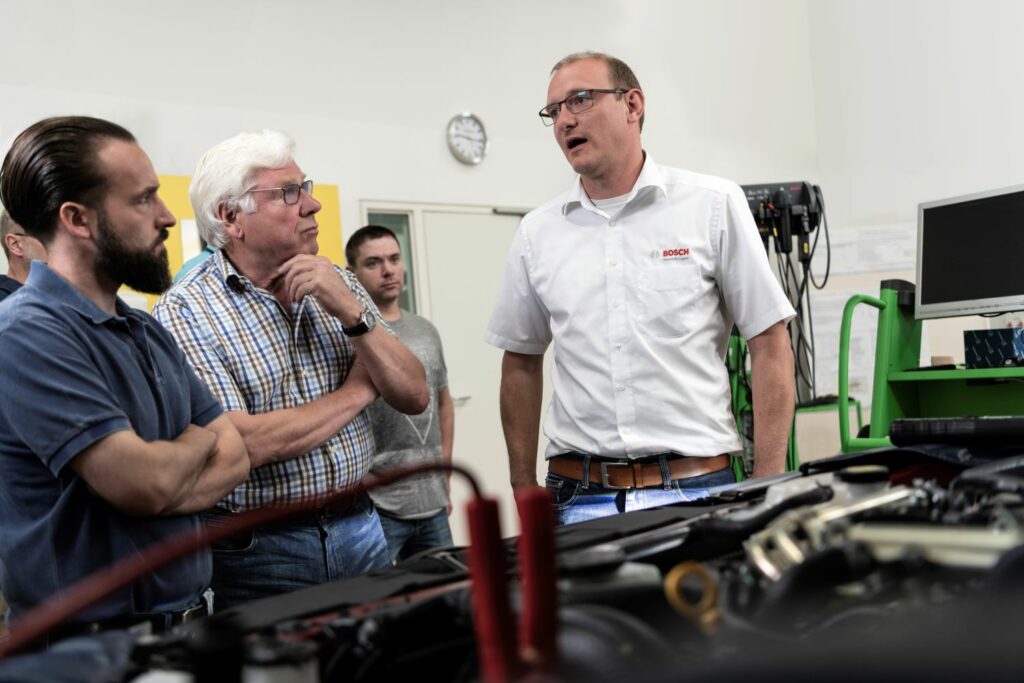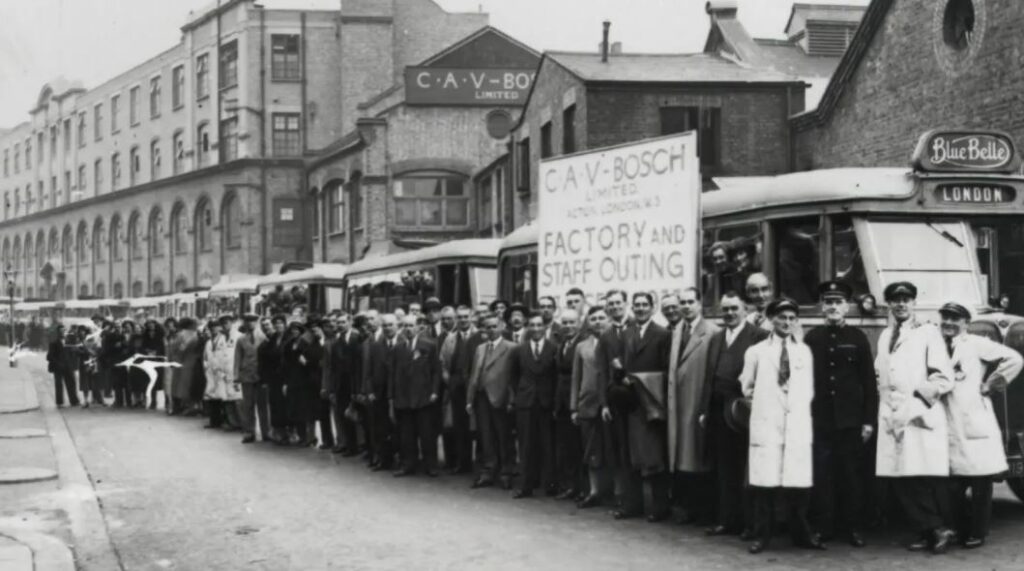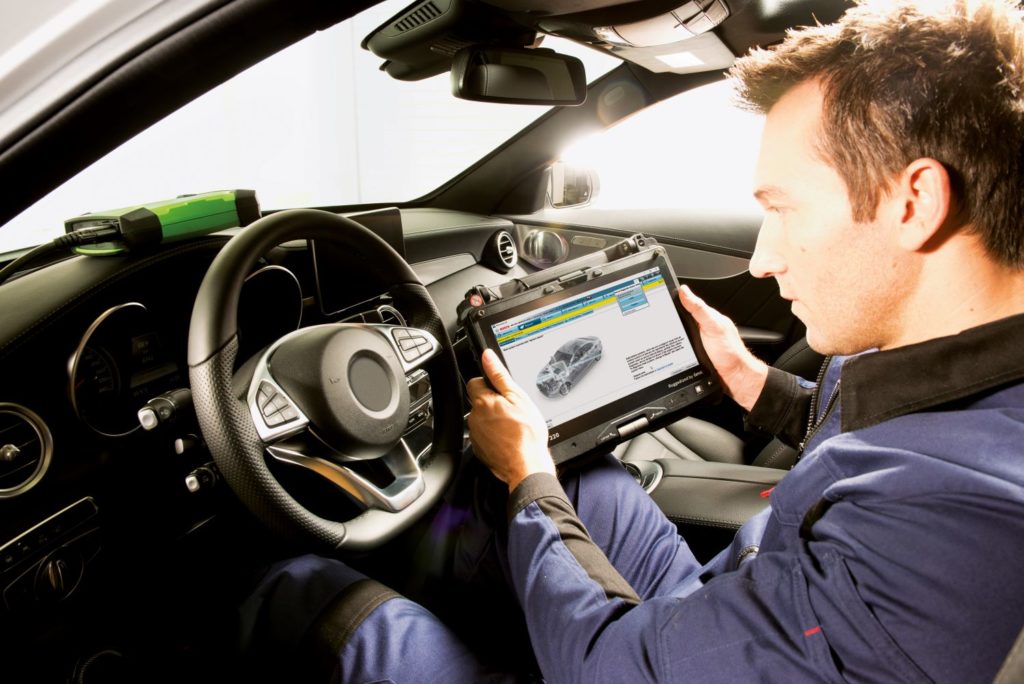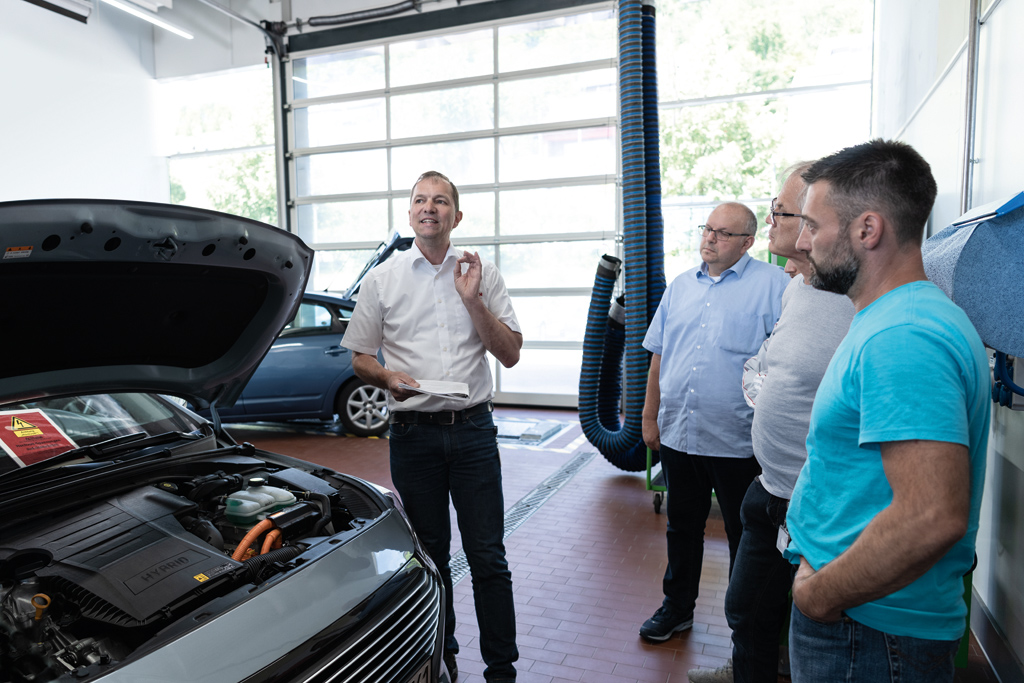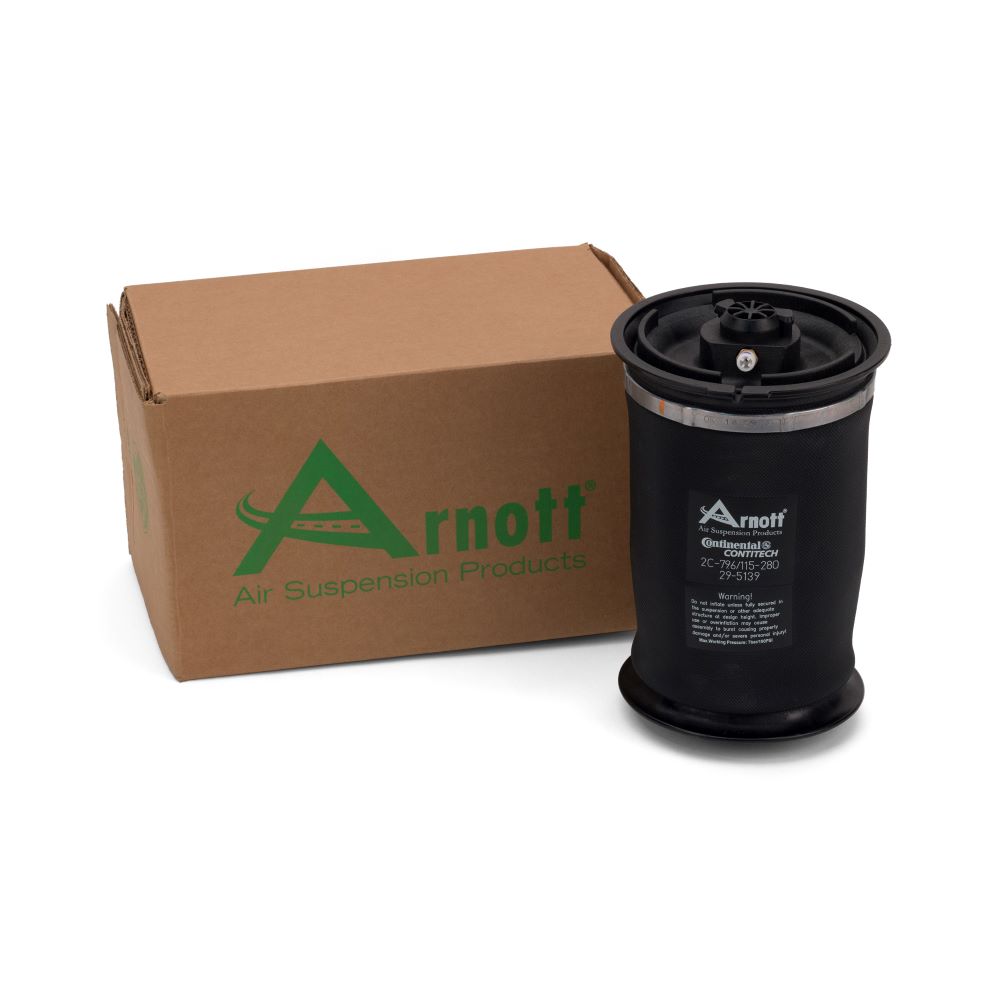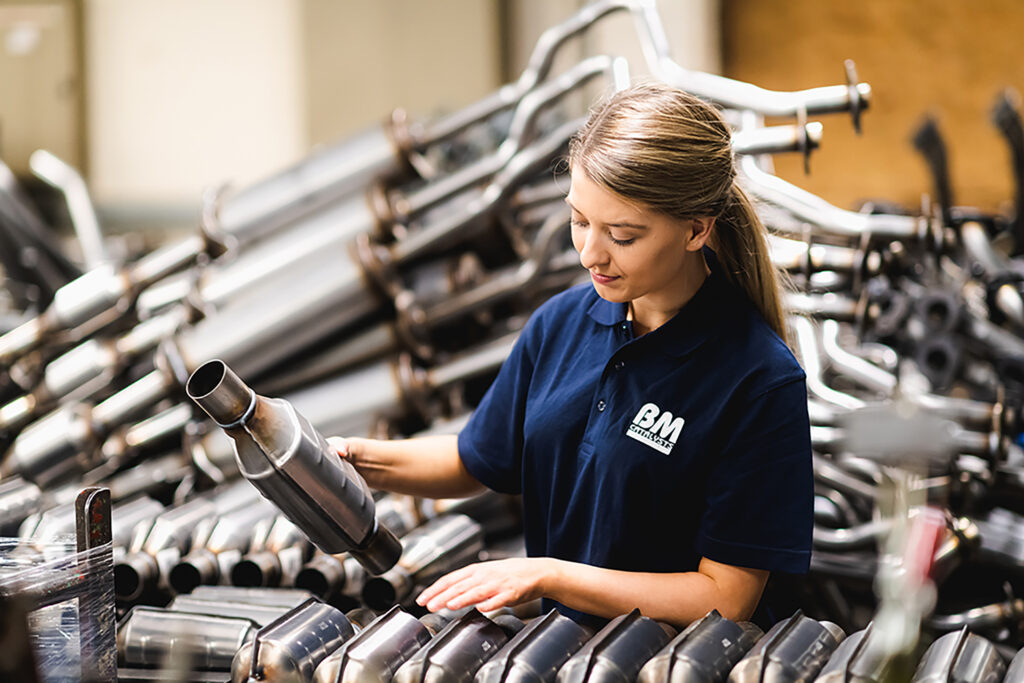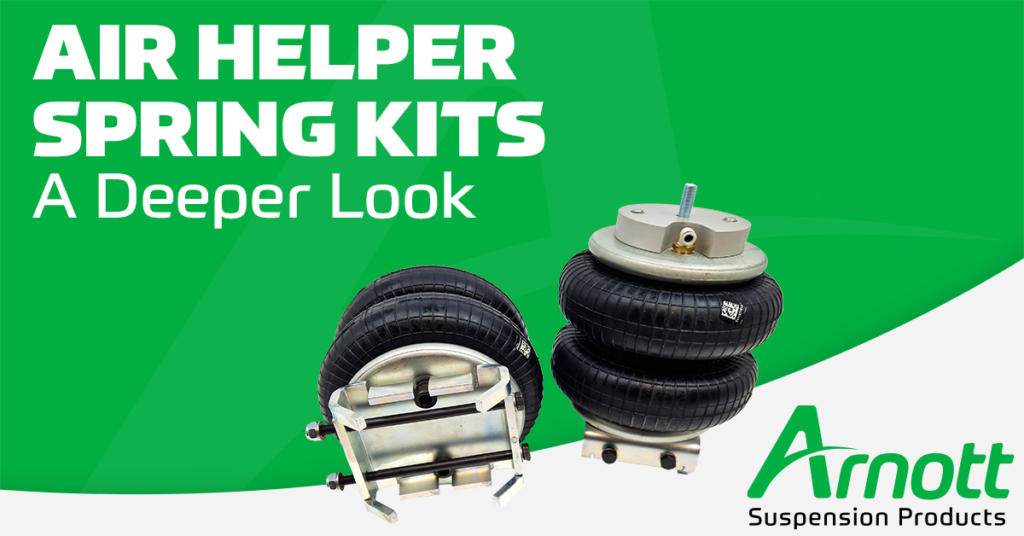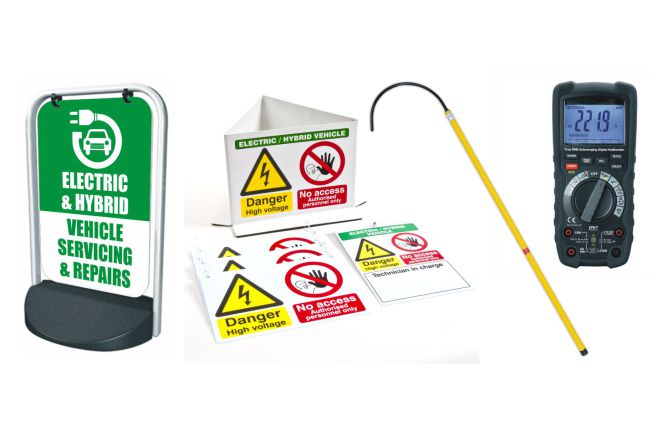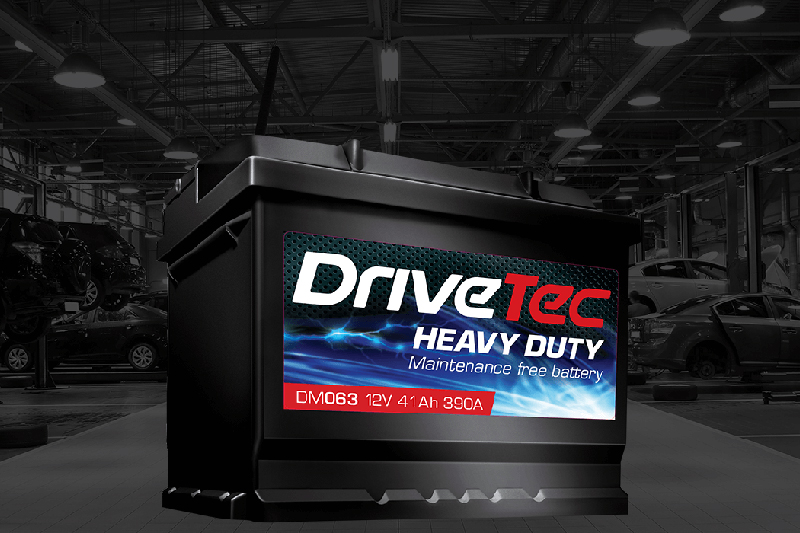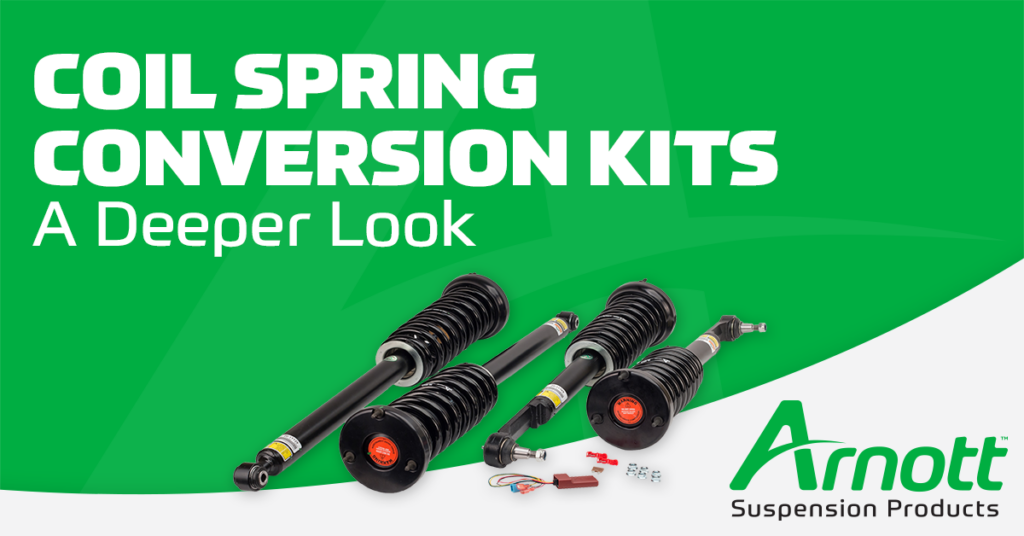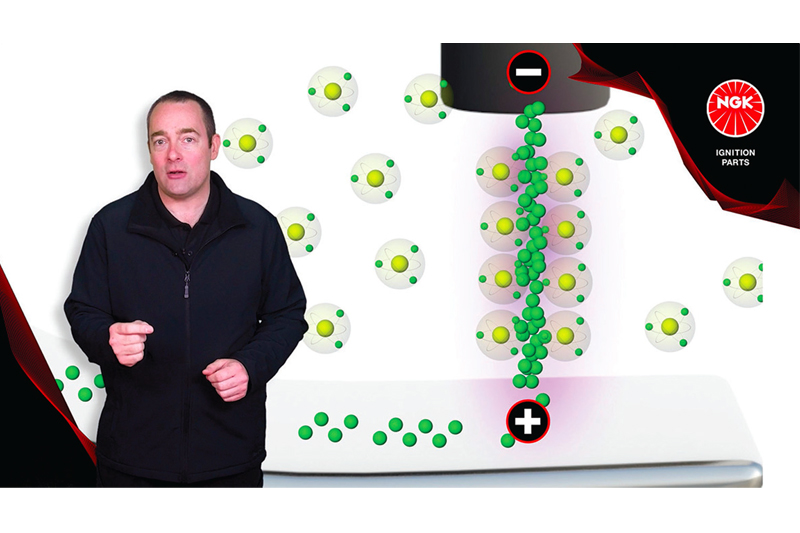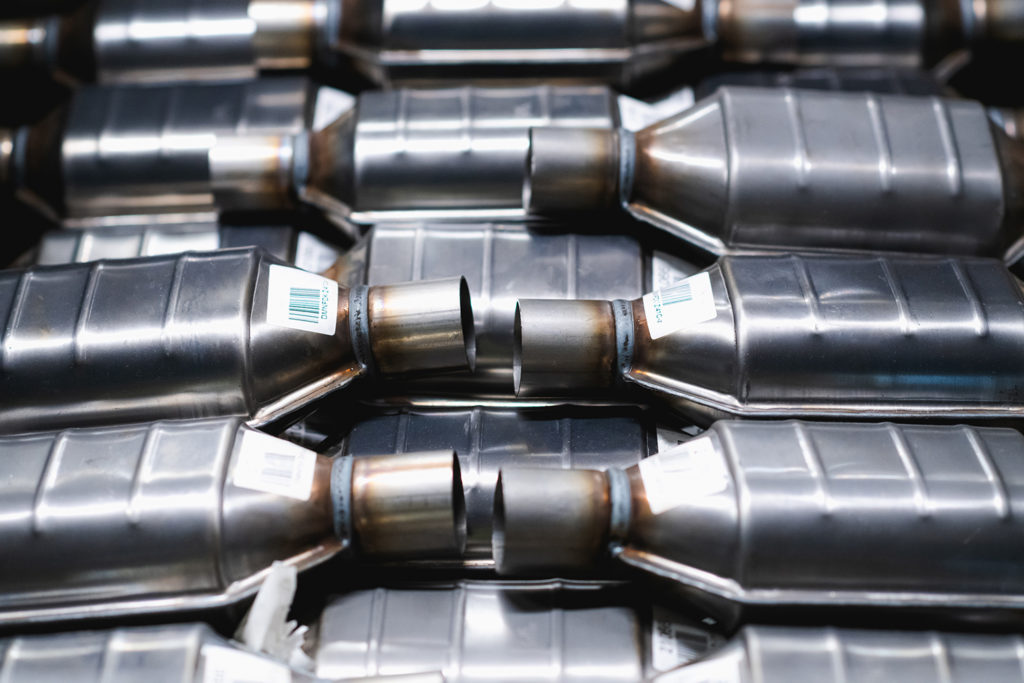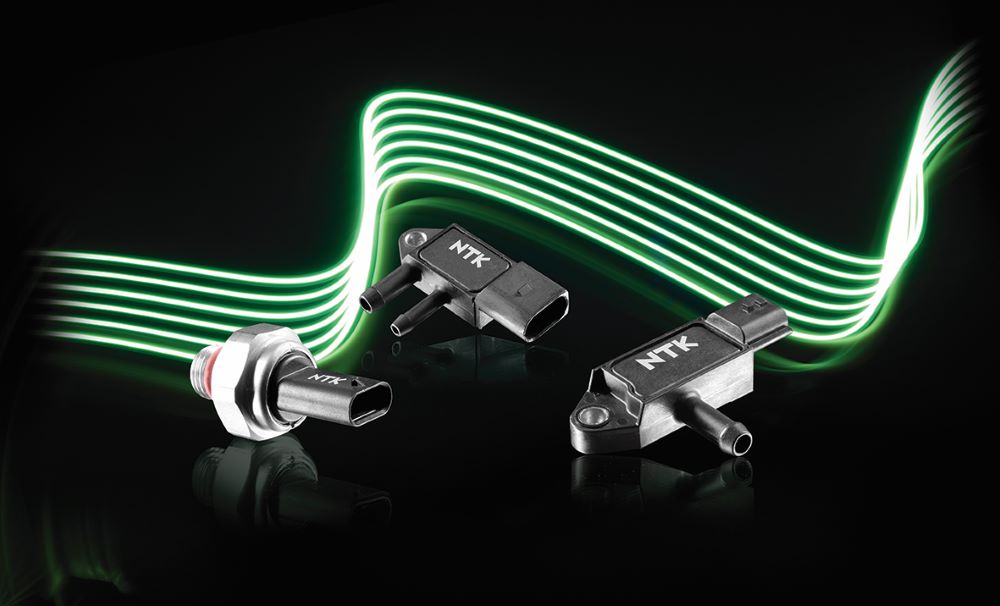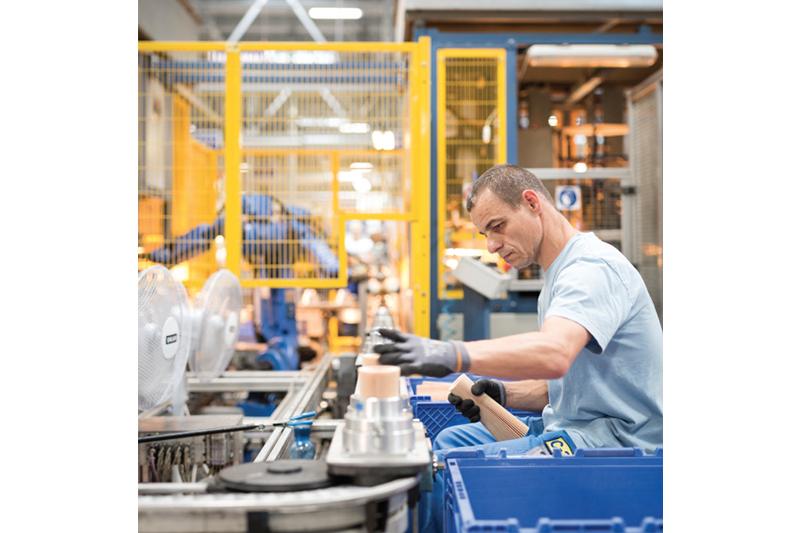How can we define a hybrid vehicle?
A hybrid vehicle is a combination of two or more different powertrains. For passenger and light commercial vehicles, the combination between an electric motor and an internal combustion engine is the most common one. At the same time, it represents a flexible powertrain system that makes reduced-CO2 journeys possible over short distances while increasing efficiency, thus improving the carbon footprint.
What are the main benefits of hybrid powertrains?
- Lower fuel consumption and improved CO2 balance through regenerative braking. This represents the recovery of kinetic energy during braking. In a conventional vehicle a majority of the kinetic energy is converted during friction braking into heat and emitted unused into the environment. Hybrid vehicles can use the electric motor to recuperate at least a portion of the kinetic energy and reuse it for acceleration.
- Pure electric drive and therefore greater comfort for drivers and passengers due to low noise electric drive, thanks to well-coordinated interplay between the ICE and electric motor
- Lower emission production than ICE, supporting in this way manufacturers to comply with current and future legislation.
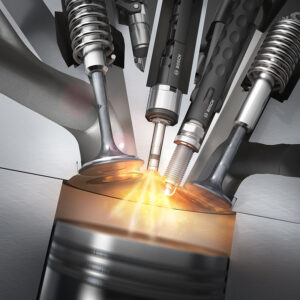
How many types of hybrids exist?
Today on the market there are three commonly known types of hybrid vehicles:
a. 48V mild hybrid electric vehicle (mHEV): these vehicles are comprised of an internal combustion engine, a 48 V motor-generator with a compact 48V Li-ion battery, where the combustion engine is running all the time except Start/Stop. mHEV provides
benefits in terms of efficient recuperation & power boosting and fuel economy up to 15% compared to conventional Start/Stop systems. It is expected that this will be the fastest growing drivetrain typology in the next 10 years.
b. Full hybrid electric vehicles (HEV): this technology combines a conventional combustion engine with an additional electric drive, both of them being able to run independently or work together to provide a boost of power. The electric drive can move the vehicle alone at low speed and on short distances – up to 3km purely electric (strong hybrid). One of the main advantages is the significant fuel and CO2 savings, that enable manufactures to respect the limits of emissions.
c. Plug-in hybrid-electric vehicles (PHEV): these cars go a step beyond HEV, being able to do city traffic in electric mode alone, thus avoiding local exhaust and noise emissions. They are characterized by a larger HV battery and an external charging connection. When drivers need to travel longer distances, even if the battery is discharged, the vehicle will run on its internal combustion engine. In this way the “range anxiety” experienced with the full electric cars is not existing for the PHEV.
Are hybrid vehicles popular among customers?
In the first three quarters of 2021, according to ACEA*, the share of hybrid electric passenger cars (HEV+ mHEV) registrations accounted for 19,4%. If we sum up the PHEV registrations that represent 8,6%, all types of hybrids represent 28% of the total registrations in the European union. In comparison with the first three quarters from 2020, the registration of all hybrids in 2021 has doubled, becoming the most popular alternative powertrain with respect to volumes.
What has Bosch to offer for the gasoline hybrids?
The majority of the manufactured hybrid vehicles have a gasoline engine on board. In the future, the most dominant system for hybrids will be gasoline direct injection (GDI), where Bosch has a leading position in OE for both injectors and pumps. GDI is the key to efficient and economical engines because it reduces the fuel consumption and emissions with enhanced driving dynamics due to direct injection of the fuel into the combustion chamber. The quality of the engine management parts in hybrids is highly important due to Start/Stop systems instant starting capabilities in cold weather as well. Only parts having an OE level quality can ensure the benefit of hybrid technology in terms of fuel efficiency and Bosch is the right partner for this, offering a wide range of components for hybrids. Although existing and available technology, these parts are essential for the maintenance and good functioning of the gasoline engine. For the most sold European hybrid vehicles Bosch provides several
gasoline parts and below you have a glimpse of what is provided:
- Toyota Yaris 1.5 HSD ignition coils and electric fuel pumps
- VW Passat 1.4 GTE Hybrid Variant and Golf VII 1.4
- GTE ignition coils, high-pressure injectors GDI, knock sensor, pressure sensor, rotation speed sensor
- BMW 225 xe Active Tourer ignition coil, high pressure injector GDI, high-pressure pump GDI, oxygen sensor, knock sensor.
What are the future market challenges and what is Bosch strategy?
The world faces enormous challenges when it comes to energy and climate change. Energy-efficient powertrain systems are a key solution for mastering these challenges. Optimized internal combustion engines and electric drive systems have a key role to play. That is why Bosch continues to develop and improve both types of powertrain. Using state-of-the-art injection systems as well as hybrid and all-electric drives, mobility becomes more efficient, economical, and dynamic.


